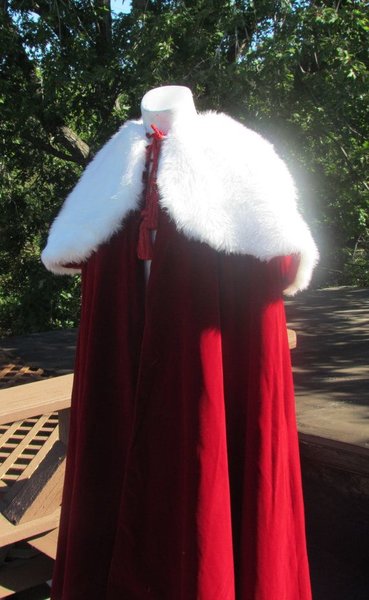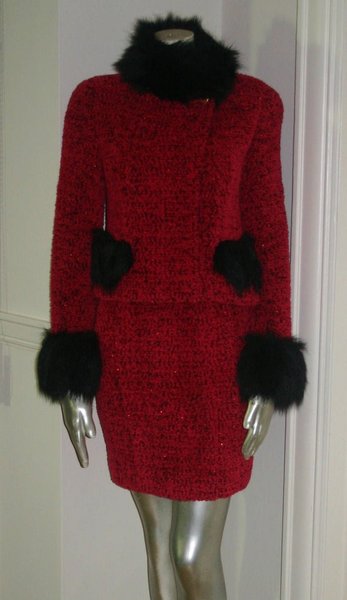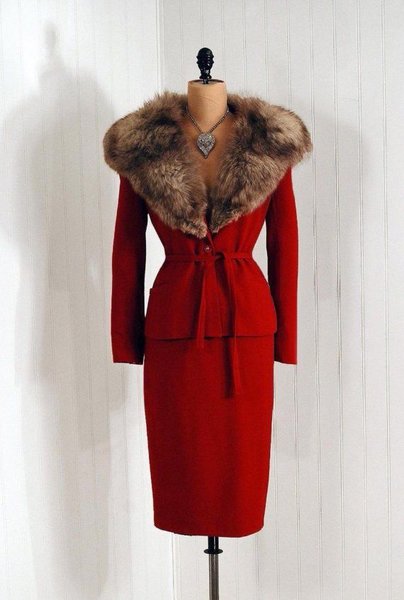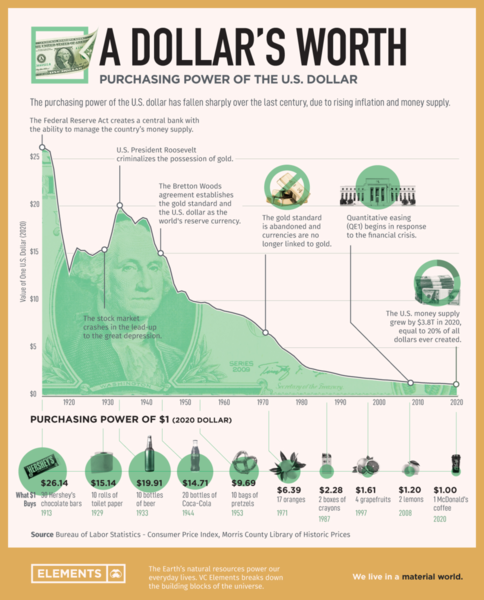This is a wonderful thread!
I would like your thoughts on how this is playing out on middle brow, and low brow clothing? A few months ago I bought some Lord Jeff sweaters on ebay. One is 100% Shetland, the other a shaker stitch blend. Both are well made to my untrained eye. Made in the USA. These sweaters were probably lower middle brow? This quality at a lower middle brow price would be rare today, I think.
And a story; years ago I worked at an Air and Space museum. One day I was asked to take apart an exhibit of old British pilot's gear. The exhibit was from an american flight training school during WWII. There was a uniform, I can't recall the rank, but it would have been NCO or above. This uniform was obviously hand made. Pilots I assume would be premium ranks, but this looked thrown together with out much craft. The wool fabric was beautiful.
Another story: I know a local gent, a Latino patriarch, interested in raising sheep for wool. Two weeks ago he traveled to Taos to gather some information. The wool culture in Taos goes back before history. His report: most throw the wool away, it's not worth anything.
I'll tack onto this question because I know you're an outdoorsman and probably can compare.
I have an arc'teryx fleece (100% poly) that I've worn the hell out of for close to a decade. It's soft, comfortable, good fit, and has been through numerous outdoor adventures and is still going strong. Is that garment "lower quality" simply because it's not natural material?
Obviously there's a huge difference when talking about tailoring vs. leisure/atheletic/outdoors wear. But I see no reason why we shouldn't be comparing a poly fleece to a wool sweater, when the sweater was designed for the same purpose 50, 75, 100 years ago.












